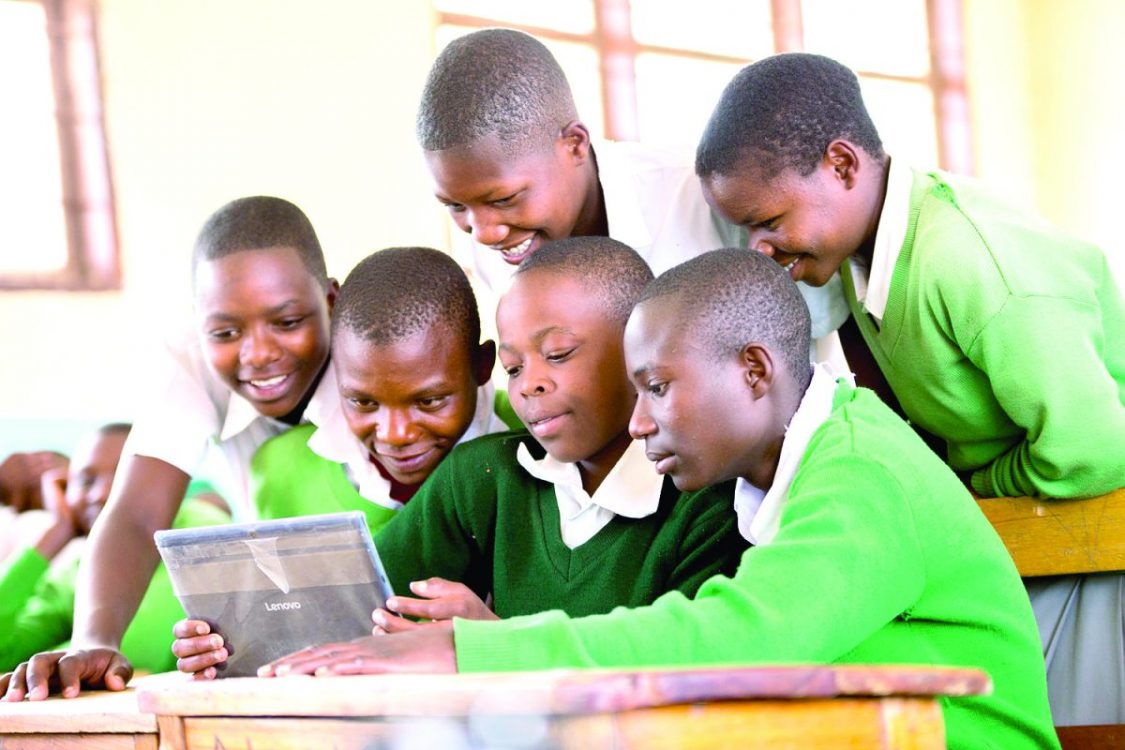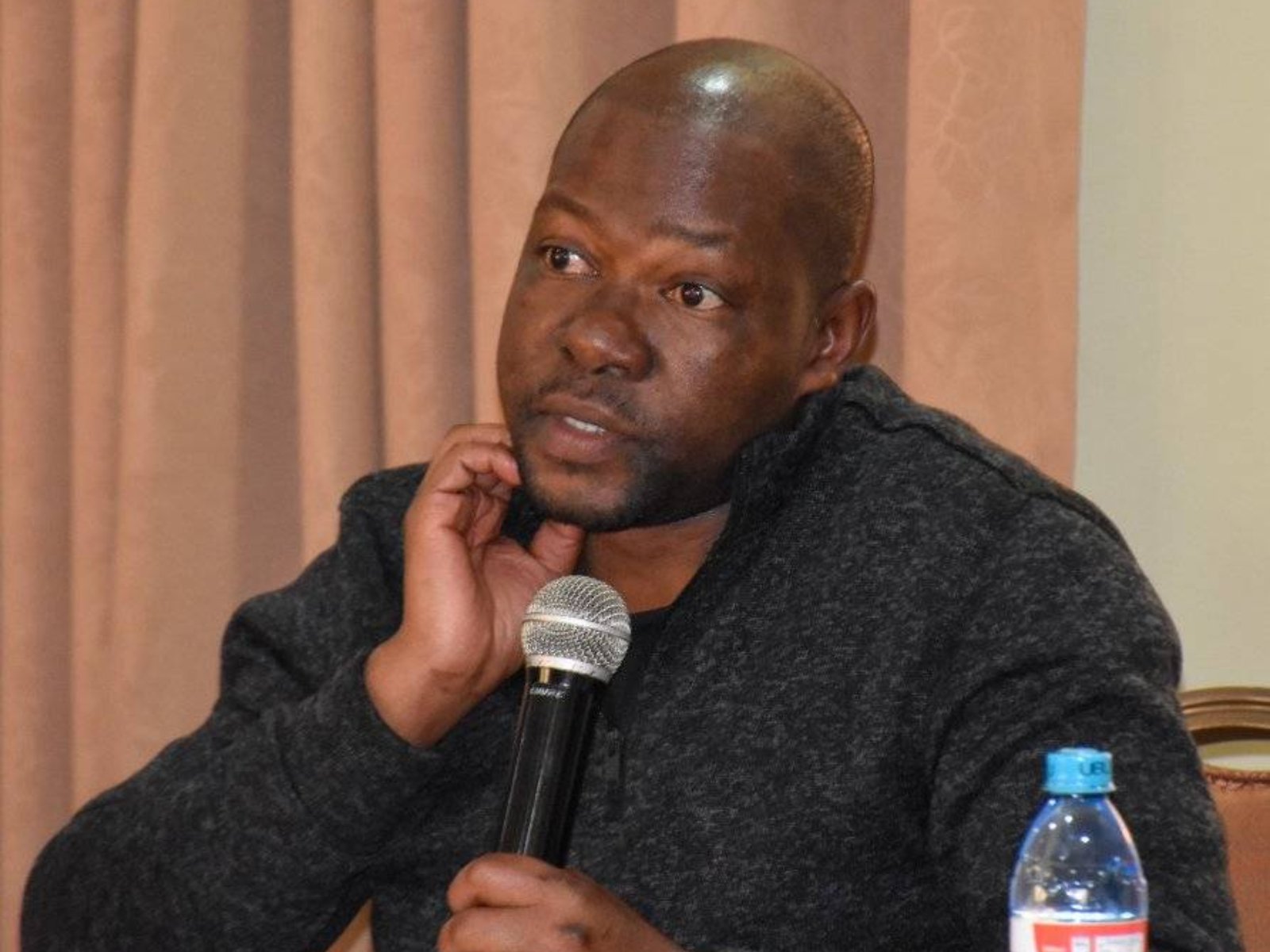Strengthening reading culture among vulnerable children

When the Covid-19 pandemic hit the globe in 2020, every sector turned to technology for relief and the education sector was not an exception.
United Nations Children’s Fund (Unicef) and United Nations Educational, Scientific and Cultural Organisation (UNESCO) reports of 2020 showed that 1.5 billion children were impacted by school closures due to the pandemic.
Overnight, remote learning replaced learning in the classroom. But in many under-resourced communities, schools were not equipped to support their students online.
And with libraries being forced to close too, many children were left without access to books or any reading resources.
E-learning startups were developed to support learners at home while the ones that existed, such as Worldreader won the hearts of many as they served millions of learners worldwide.
The pandemic also marked a new era of learning as parents were forced to get involved in their children’s homeschooling during their long stay at home.
“Across the continent the fundamental foundation of reading is reflected strongly in the early grades, yet proficiency is not achieved at our benchmark of 15 minutes per day, besides reading cutting across all sectors and needs to be appreciated as a lifelong activity,” says Worldreader’s Regional Director for East Africa, Joan Mwachi.
She says that reading culture in Africa is underdeveloped compared to other continents with one of the key rationales behind this being that, many learners tend to focus on studying for exams leaving little room for building a culture of engaging with books for general knowledge and leisure.
“Among other reasons, the poor reading culture results from inadequate funding for early learning. There are not enough reading support resources available to every child in this nation to build a strong foundation for a reading culture,” she says.
According to a World Bank June report, 70 per cent or seven in 10 of children in low- and middle-income countries cannot read a simple text with comprehension by the age of 10.
Before the pandemic, this stood at 57 per cent, but the learning crisis has now deepened.
Bridge gap in digital education
This is consistent with the report by Worldreader on children in the East African region, which shows that 50 per cent of pupils in Class Three are unable to read for comprehension.
It is against this background, that the Worldreader, an international non-profit organisation initiated programmes to enhance learning and bridge the gap in digital education amongst pupils aged between three and eight years.
Mwachi states that parents and caregivers do not see their role in the reading ecosystem.
“This role is relegating it to a school-based activity despite the fact that the home can provide strong complementary support and mental stimulation to early reading experience. We acknowledge that reading stories with and to children is a fairly new concept in our culture, but the benefits far much outweigh the challenges in a few years to come when young ones enroll into institutions for formal learning. Worldreader is working with partners to build that curiosity and interest so that reading is incorporated as a way of life,” says Mwachi.
Worldreader partnered with governments, mobile phone providers, schools, and local organisations to keep children reading.
Worldreader programmes manager Austine Okoth, says they have initiated programmes in informal settlements like Mukuru Kwa Reuben and Kawangware to support readers from two main age groups, pre-primary age pupils and primary age pupils.
“According to our data, we have recorded a total of 21 million readers so far worldwide. In the process, we have also learnt of how parents are involved in their children’s education,” says Okoth.
The organisation’s data also shows that 90 to 95 per cent of parents engaged in their children’s education are mothers. Fathers also need to show concern. “Our target is children from three to eight years old as this is a very important time that they build a foundation as they get introduced to the world of reading. We offer picture books, which help them start learning,” he says.
Read for many benefits
“We have seven schools in the Mukuru and Kawangware slums in Nairobi, as well as libraries across different counties in Kenya. You can reach our services on any smartphone,” he adds. Okoth also states that the library is designed to help people read for education, economic opportunity, better health, gender equality and just for fun.
The library now has a total of 426 publishers that the organisation has worked with 52 languages available to readers and 5,912 books available in that library.
Mwachi also points out that the Worldreader has had various projects locally, including the Anasoma project, which aims to redefine gender stereotypes through literature and boost women’s and girls’ empowerment and assertiveness by giving them access to a digital library of empowering books.
As radio is the most consumed medium of communication, Mwanchi says that they have worked with community-based radio stations in informal settlements to reach learners.
”We have worked with Reuben FM in Mukuru and this has truly worked following the responses that the community members have been giving during the program while on air,” she shares.
Wanjiku Munyiri, the Regional Manager, Impact and Evaluation at Worldreader says that they have developed the ABCD (Access, Books, Continuous engagement and Data to drive impact) framework to help the most people read, in the most meaningful way.
“We offer readers access to books via our app BookSmart, an easy-to-use free reading platform providing access to a library of culturally relevant digital books in five languages appropriate for both school and home as part of a journey to become lifelong readers and informed decision makers. Our books are also handpicked with our readers in mind. We offer over 5,000 books in five East African popular languages,” she says.












